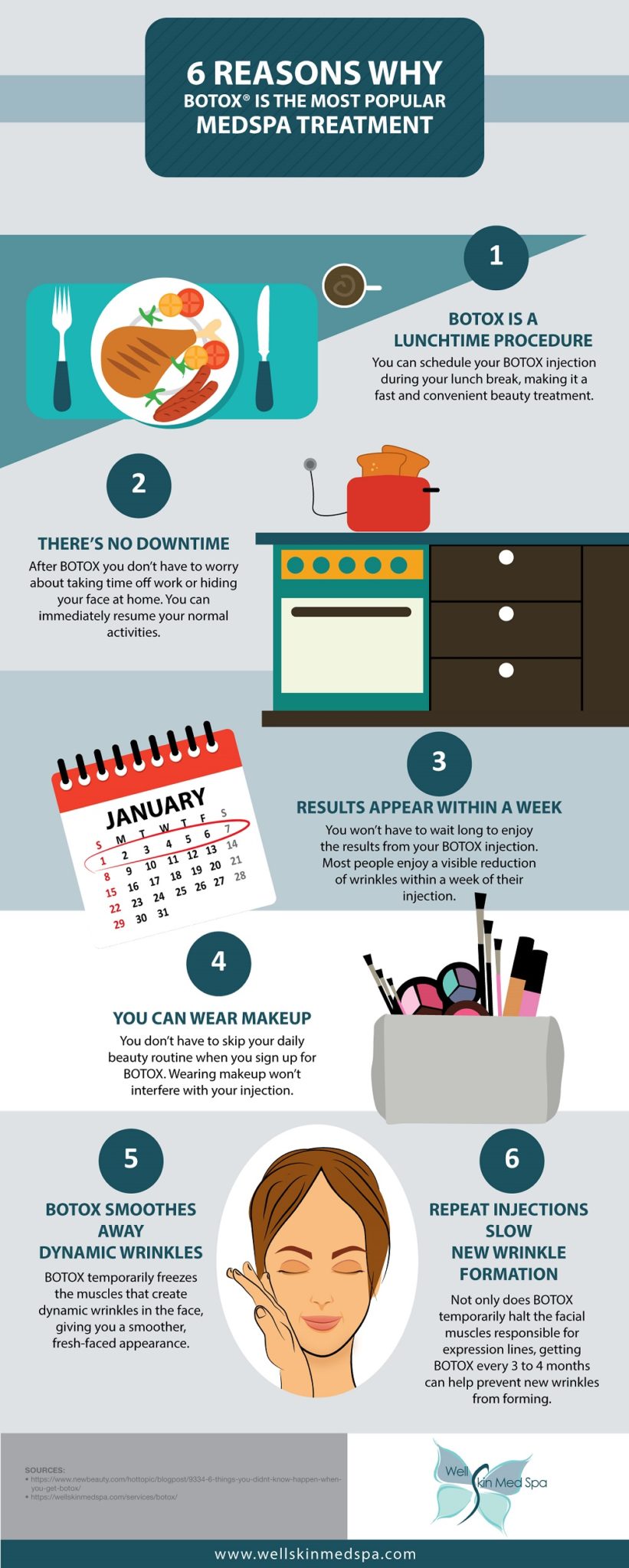Are You Curious About Learning More About The Differences Amongst SMILE, LASIK, And PRK Eye Surgical Procedures?
Are You Curious About Learning More About The Differences Amongst SMILE, LASIK, And PRK Eye Surgical Procedures?
Blog Article
Short Article Produced By-Adler Osborne
If you have actually been thinking about SMILE eye surgery, you might wonder just how it stacks up against LASIK and PRK. Each treatment has its own set of benefits and factors to consider. From quicker recuperation times to prospective threats, there are vital distinctions you should be aware of prior to deciding. Understanding these distinctions will certainly assist you make an enlightened option that straightens with your specific requirements and assumptions. Interested to understand even more about exactly how these procedures compare thoroughly? Keep on checking out to get a comprehensive understanding of SMILE, LASIK, and PRK.
SMILE Eye Surgical Procedure Summary
If you're considering SMILE eye surgical treatment, you'll find it to be a minimally invasive procedure with a quick healing time. During SMILE (Tiny Laceration Lenticule Removal), a laser is made use of to produce a little, accurate cut in the cornea to eliminate a tiny item of cells, reshaping it to correct your vision. This differs from LASIK, where a flap is created, and PRK, where the external layer of the cornea is totally eliminated.
Among the key advantages of SMILE is its minimally intrusive nature, causing a faster recovery procedure and much less pain post-surgery. The recuperation time for SMILE is reasonably fast, with lots of individuals experiencing improved vision within a day or two. This makes it a prominent choice for those looking for a hassle-free and effective vision modification procedure. Furthermore, SMILE has actually been shown to have a lower risk of completely dry eye disorder contrasted to LASIK, making it a desirable option for individuals concerned concerning this prospective negative effects.
Differences Between SMILE, LASIK, and PRK
When comparing SMILE, LASIK, and PRK eye surgical procedures, it is necessary to comprehend the unique methods made use of in each treatment for vision adjustment.
SMILE (Little Incision Lenticule Removal) is a minimally intrusive treatment that involves creating a little laceration to extract a lenticule from the cornea, reshaping it to fix vision.
LASIK (Laser-Assisted Sitting Keratomileusis) includes producing a thin flap on the cornea, making use of a laser to reshape the underlying cells, and after that rearranging the flap.
official source (Photorefractive Keratectomy) eliminates the outer layer of the cornea before reshaping the tissue with a laser.
The major distinction depends on the method the cornea is accessed and dealt with. SMILE is flapless, making it a great choice for individuals with slim corneas or those associated with call sporting activities. LASIK uses rapid visual recovery because of the flap production, yet it may present a greater threat of flap-related issues. PRK, although having a longer recovery period, stays clear of flap-related problems entirely.
Comprehending these variations is critical in selecting the most ideal procedure for your vision adjustment demands.
Benefits And Drawbacks Contrast
To examine the advantages and downsides of SMILE, LASIK, and PRK eye surgical treatments, it's necessary to consider the details advantages and potential restrictions of each procedure. SMILE surgical treatment offers the benefit of a minimally invasive procedure, with a smaller sized incision and potentially quicker healing time contrasted to LASIK and PRK. It likewise reduces the danger of dry eye post-surgery, a typical side effect of LASIK. However, SMILE may have restrictions in treating greater degrees of myopia or astigmatism contrasted to LASIK.
LASIK surgery offers rapid aesthetic healing and minimal discomfort during the treatment. It's very efficient in treating a vast array of refractive mistakes, consisting of nearsightedness, hyperopia, and astigmatism. Yet, LASIK brings a danger of flap complications, which can affect the corneal structure.
PRK eye surgical treatment, while not as preferred as LASIK, avoids creating a corneal flap, reducing the danger of flap-related difficulties. It's suitable for patients with thin corneas or irregular corneal surfaces. Nonetheless, PRK has a much longer healing time and may entail extra pain throughout the healing process.
Conclusion
So, when it pertains to choosing in between SMILE, LASIK, and PRK, think about it like choosing the best pair of shoes. does cataract surgery cost resembles a sleek, comfortable set of sneakers - fast and simple.
LASIK is much more like stylish high heels - flashy and quick, but with some potential dangers.
PRK resembles strong hiking boots - trustworthy and resilient, but calling for a little bit more time and effort.
Inevitably, the most effective choice relies on your individual demands and preferences.
